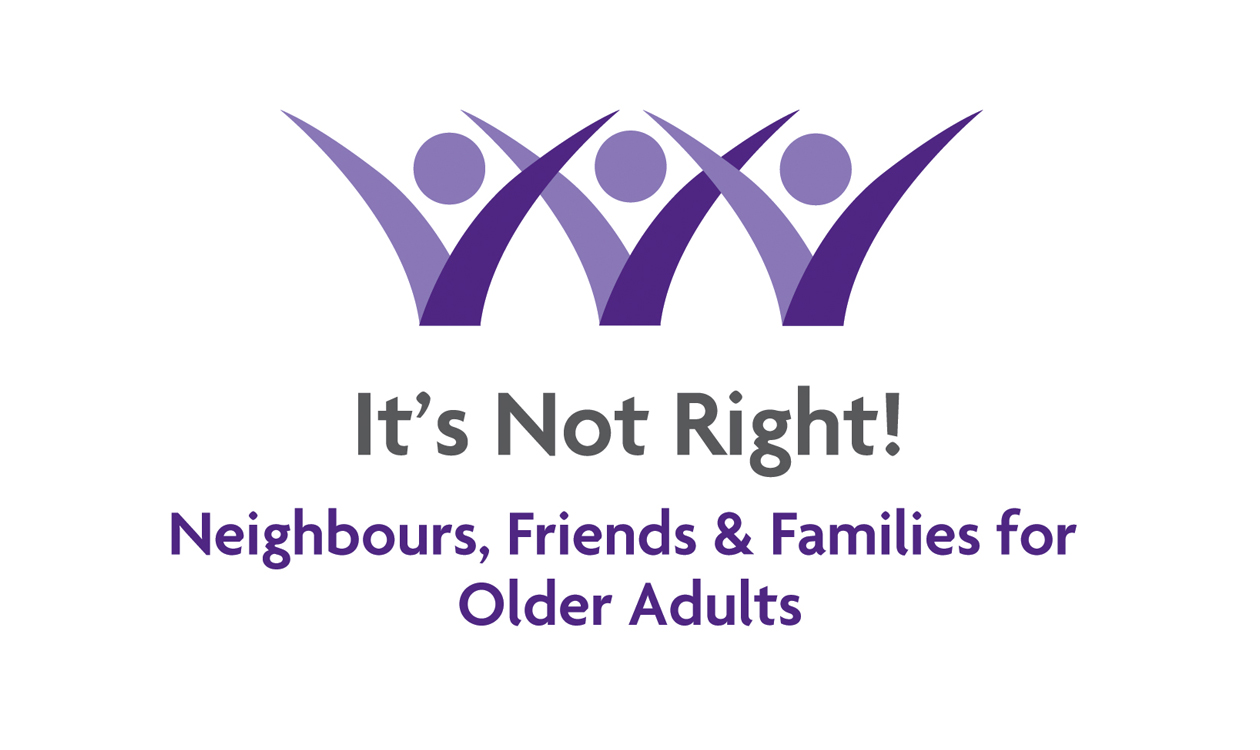- Details
- Published: 22 January 2015
The following resource is part of the Family Violence Initiative, funded by the RCMP. Find similar tools by searching for the FVIF tag or consult the list of available resources.
By Charmaine Spencer
Lawyer and research associate at the Simon Fraser University Gerontology Research Centre
On January 15, 2015, Statistics Canada released its newest report on family violence in Canada, including a special section on seniors. Using 2013 data, this report looks at violent criminal offences that come to the attention of police, where the accused person was a family member.
The report identifies important trends in family violence and counters several public misconceptions on violence against seniors. However, because the focus is on violence, it does not cover financial crimes against seniors by family or others, unless some form of violence occurred.
Dispelling some myths: In contrast to popular thinking, younger seniors may be more vulnerable to family violence than the older seniors are. The younger seniors are much more likely than older seniors to experience family violence reported to the police. Part of this may be that older women and men are much more likely to live alone.
The report also dispels another common belief that “seniors don’t report”. Statistics Canada notes violent incidents involving older adults are more likely to be reported to police, at least when compared to younger victims. This is a long time trend.
The good news: Seniors continue to have much lower rates of family violence than any other age group, and in particular, homicide of seniors continues to be rare.
The mixed news: The police-reported rate of family violence for senior women was 26% higher than the rate for senior men. This gap between the rates of family violence for older women and men is notably smaller than the gap observed between the sexes for younger victims.
Most of the family violence offences committed against seniors by family members (55%) were common assault. Most incidents (85%) involved the use of physical force (hitting, pushing, slapping) or threats. About one in six (15%) family violence incidents against senior victims involved a weapon.
A majority (61%) of senior victims of family violence did not sustain physical injuries, and most of those injuries required little or no medical attention (e.g., some first aid).
The bad news: The actual number of people aged 65 and over (8,900) who were the victims of a violent crime has increased from the 8,500 cases seen two years ago. As the number of seniors increases in Canada, the numbers of victims is likely to continue to increase.
Earlier Statistics Canada reports indicate that unlike trends in family-related murder-suicides overall, the rate of murder-suicides against seniors has been increasing since the early 1990s.

















